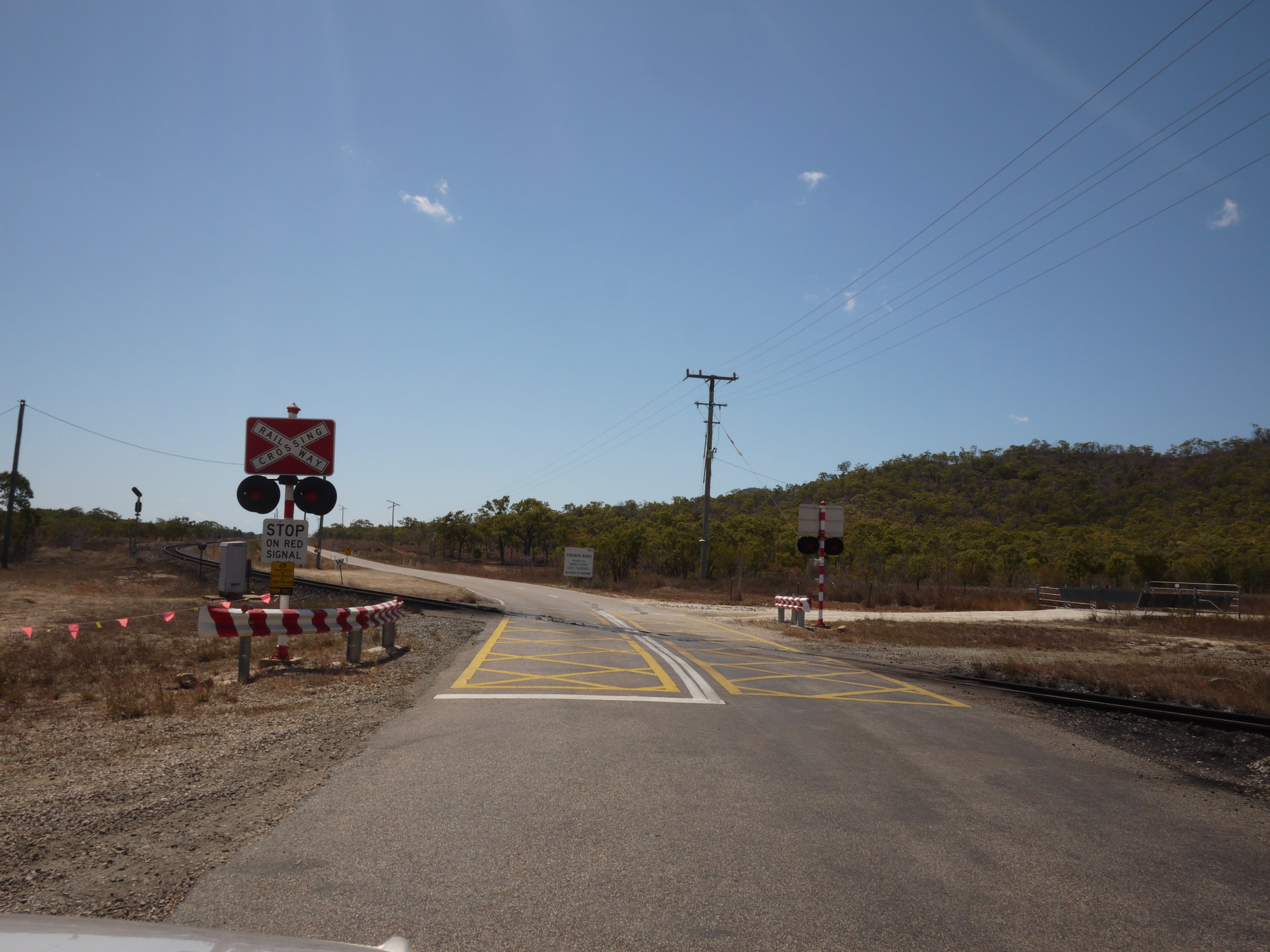Arts, Science + Culture Profile: Damien Bright
View of the Coral Sea from a preserved World War II bunker on Magnetic Island near Townsville, Australia. Photo: Damien Bright
What do coral reefs and political science have in common? The answer to that question is, like coral and politics, immensely complicated. Damien Bright, a PhD student in Anthropology at University of Chicago, is working to unravel the answer. Bright studies the Great Barrier Reef of his native Australia, but rather than taking a close look at the billions of coral polyps interacting with one another, he looks closely at the many political and scientific structures that spring up around and define the Great Barrier Reef. As Bright says, “The procedures, tactics, and affects that inflect Australian public consensus about ‘what is good for the Reef’ illuminate political economic and historical struggles over ‘what the Reef is good for.’” It’s a question for Bright of the political status of the environment, and where possibilities of justice arise. He quotes an apocryphal line from Mark Twain—“everybody talks about the weather, but nobody does anything about it.”
The road to Abbot Point Coal Terminal, a private port development astride the Great Barrier Reef marine park. The controversial port and rail development is attached to the largest proposed open cut coal mine in the Southern Hemisphere. Photo: Damien Bright
A damaged public art installation in Townsville looking onto Magnetic Island. The caption for Donna Maree Robinson and Tracey Johnson’s The Gathering reads: “This work symbolises a gathering or meeting place for Aboriginal people, the military, and early settlers. Each porthole becomes a window to the past, providing a mythical intersection of the three groups, all caring for country—watching, looking out and waiting.” On the day I visited, the “window” onto the settler’s point of view was cracked. Photo: Damien Bright
Seahorse motif on a floor tile in a public bathroom atop Townsville’s Mount Morgan, an indication of the ordinary ways in which figurations of marine life saturate public space in a city home to both the Great Barrier Reef Marine Park Authority and the Australian Institute of Marine Science. Photo: Damien Bright
Bright has been a recipient of both a Collaboration Grant and a Graduate Fellowship through the Arts, Science, and Culture Initiative. His Collaboration Grant, titled “The Adjustments” and created in concert with an artist and another anthropologist, sought to answer the question, “What does it mean for one’s milieu to become a problem?” Such a question becomes all the more relevant when viewed through the micro and macro scales in Bright’s work. The scales range from a desire to work across and through multiple disciplines in order to break limits and find new paths to knowledge, to understanding the panoply of actors at work around the Great Barrier Reef, including politicians, scientists of both marine life and climate change, tourists, and native Australians. “What I find compelling about the politics of climate change is not the truth status of a claim,” Bright explains, “but what are we doing with and against climate change to address it.”
"The Adjustments," 2014–15 Collaboration Grant by Cameron Hu (PhD student Anthropology, UChicago), Damien Bright (PhD student, Anthropology, UChicago), and Tobias Zehntner (MFA candidate, Art and Technology, SAIC).
The stakes of Bright’s research are more than academic—he wants to dive into the personal and ethical stakes of the work he studies. He used the grant money from his Graduate Fellowship to attend an international coral reef symposium that brought together more than 1,500 coral reef experts across an extraordinary number of disciplines. The theme of the symposium—“From Science to Policy”—was an ideal spot for Bright to press on one of his driving questions: does climate action shadow climate change, or does climate change shadow climate action? While the scientists studied the landscape of coral reefs, Bright was studying the landscape of coral reef science. “The symposium allowed me to do close fieldwork of the scientific community dedicated to coral reefs,” said Bright, “looking at how they present work, the kinds of questions they ask one another, and especially how questions about the political efficacy of contributions to the scientific canon get raised.”
A mesocosm for settling and rearing coral juveniles at the Australian Institute of Marine Science at Cape Cleveland. Photo: Damien Bright
A bin of discarded “plugs” used to settle coral larvae for experiment. The plugs themselves are made from a proprietary amalgam of synthetic materials and are color coded to keep track of different species to log experimental results. Photo: Damien Bright
Those who have seen Bright present on his research have seen firsthand the beauty and strangeness of both coral reefs and the science around them. But these billions of coral polyps and the thousands of researchers working on them point at something larger for him—a universal scale of action around climate change. “I’m looking at the ways that ‘the planetary’ is constructed as experimental theater,” he says, “in which located interventions become compelling ways to engage with the specific.” It leads to a lot of long conversations for Bright, conversations in which the planetary “reveals its own strange personality.” It’s a strange personality, to be sure, but one that is well met in the strange and brilliant personality of Damien Bright.
–Bill Hutchison
PhD candidate, English, and ASCI Graduate Fellow Manager
Damien Bright is a PhD student in Anthropology at the University of Chicago and works on the politics of coral reef extinction. He is developing a dissertation on the circulation of mineral resources, commercial freight, paperwork, ocean chemistry and cultural imaginaries through Australia's Great Barrier Reef. He tracks the ways in which planetary vulnerability becomes sensed, measured, and communicated through different projects to protect this global icon of nature cum index of global warming. He studies climate action as an ongoing public experiment into the limits of human-nonhuman interactions. Damien has previously worked on carbon emissions trading and accounting and has a background in political science and media studies.








